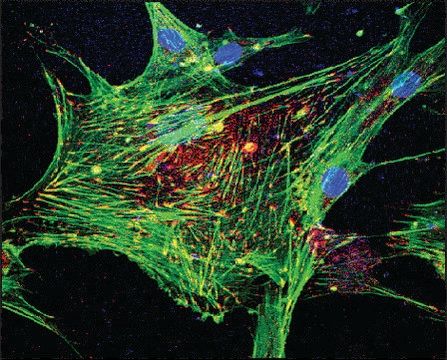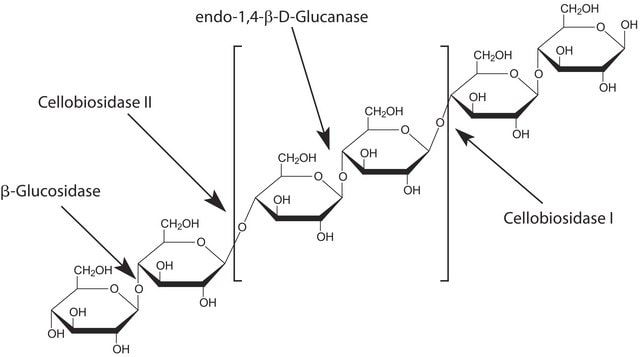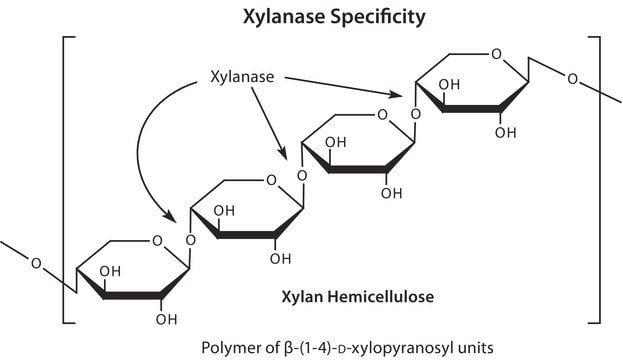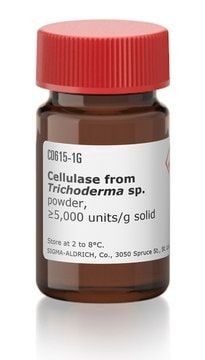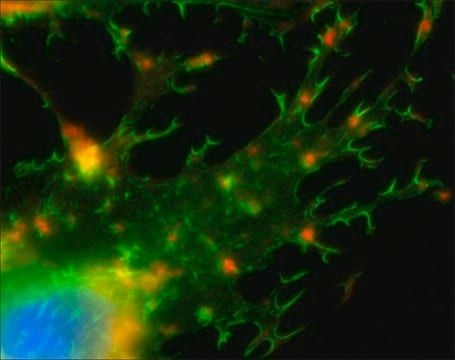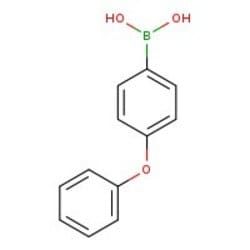P1951
Phalloidin Peptide
≥90% (HPLC), solid, TRITC labeled
Manufacturer: Sigma Aldrich
Synonym(S): Phalloidin-TRITC
Select a Size
| Pack Size | SKU | Availability | Price |
|---|---|---|---|
| 0.1 MG | P1951-0.1-MG | In Stock | ₹ 38,915.88 |
P1951 - 0.1 MG
In Stock
Quantity
1
Base Price: ₹ 38,915.88
GST (18%): ₹ 7,004.858
Total Price: ₹ 45,920.738
product name
Phalloidin–Tetramethylrhodamine B isothiocyanate, sequence from Amanita phalloides(synthetic: peptide sequence)
biological source
sequence from Amanita phalloides (synthetic: peptide sequence)
Quality Level
200
form
solid
fluorescence
λex 540-545 nm; λem 570-573 nm
storage temp.
−20°C
Description
- General description: Phalloidin is a phallotoxin produced by death cap mushroom Amanita phalloides. It is a cyclic peptide, which interacts with actin, and this was first identified in phalloidin-poisoned rats. It is a heptapeptide, cyclic in nature, with a crosslink between tryptophan at position 6 and cysteine at position 3.[1] The side chain of amino acid 7 (γ-δ-dihydroxyleucine) in phalloidin, is accessible to modifications, through which florescent labelled phalloidin compounds can be produced.[2]
- Application: Fluorescent phallotoxin which may be used to identify filamentous actin.Phalloidin-Tetramethylrhodamine B isothiocyanate has been used:-In Immunofluorescence for staining Filamentous actin (F-actin)[3]To stain cells during immunocytochemical and cytochemical analysis[4]To label actin microfilaments for fluorescence microscopy[5]
- Biochem/physiol Actions: Phalloidin interacts with polymeric actin, and not oligomeric or monomeric forms. This interaction leads to highly stabilized actin filaments, which resist depolymerization and disassembly. In rats, this toxin causes death due to liver hemorrhage, and cells show abnormal actin clustering.[1] The affinity of phalloidin to actin is not significantly altered after derivatizing florescent labelled phalloidin compounds. These compounds can be used to study actin structure and organization within eukaryotic cells.[2]
- Other Notes: May contain mixed isomers
SAFETY INFORMATION
Pictograms
Signal Word
Danger
Hazard Statements
Precautionary Statements
P260 - P262 - P264 - P280 - P302 + P352 + P310 - P304 + P340 + P310
Hazard Classifications
Acute Tox. 2 Dermal - Acute Tox. 2 Inhalation - Acute Tox. 2 Oral
WGK
WGK 3
Flash Point(F)
Not applicable
Flash Point(C)
Not applicable
Personal Protective Equipment
dust mask type N95 (US), Eyeshields, Gloves
Compare Similar Items
Show Difference
product name: Phalloidin–Tetramethylrhodamine B isothiocyanate, sequence from Amanita phalloides(synthetic: peptide sequence)
biological source: sequence from Amanita phalloides (synthetic: peptide sequence)
Quality Level: 200
form: solid
fluorescence: λex 540-545 nm; λem 570-573 nm
storage temp.: −20°C
product name:
Phalloidin–Tetramethylrhodamine B isothiocyanate, sequence from Amanita phalloides(synthetic: peptide sequence)
biological source:
sequence from Amanita phalloides (synthetic: peptide sequence)
Quality Level:
200
form:
solid
fluorescence:
λex 540-545 nm; λem 570-573 nm
storage temp.:
−20°C
